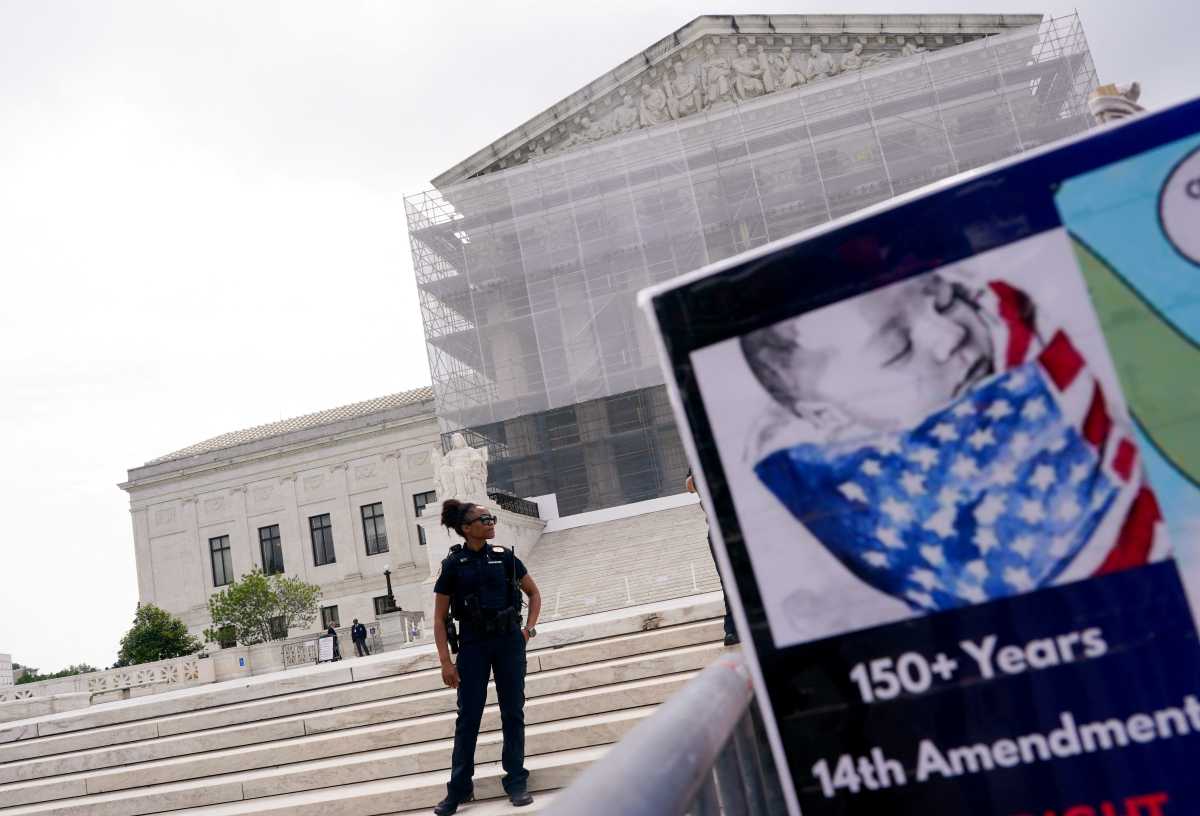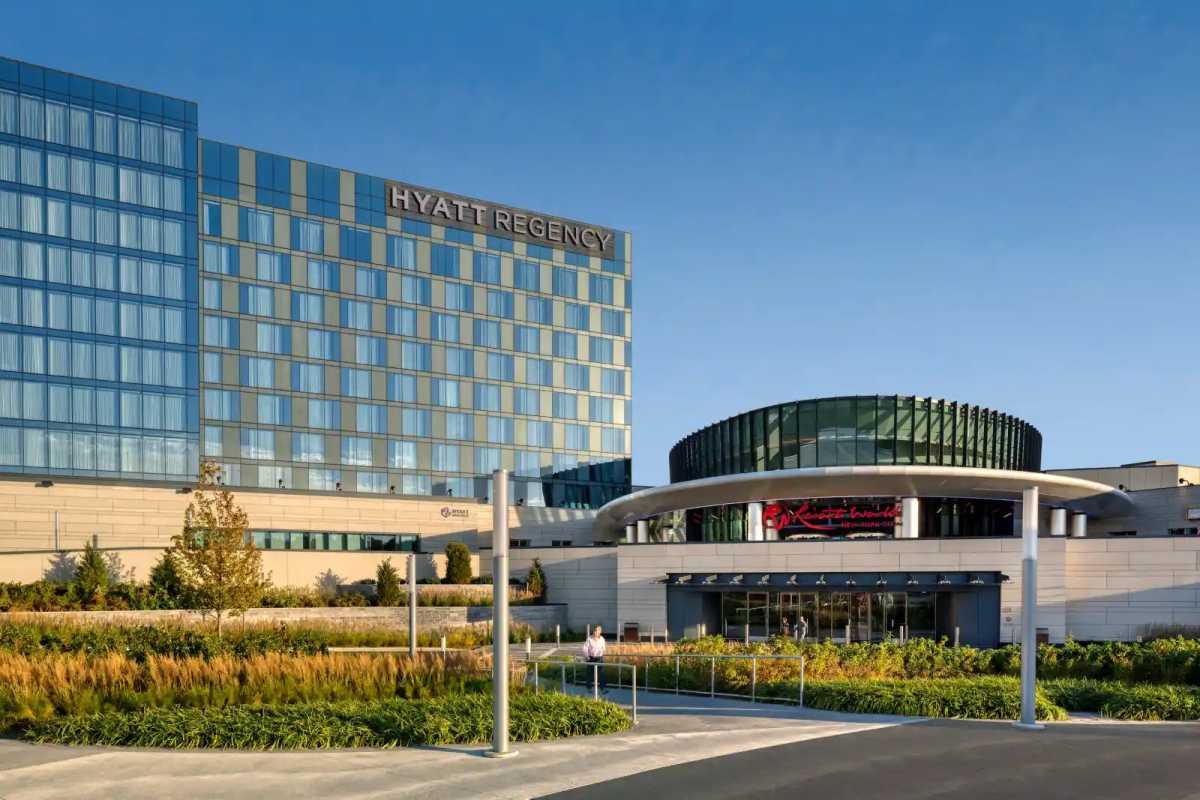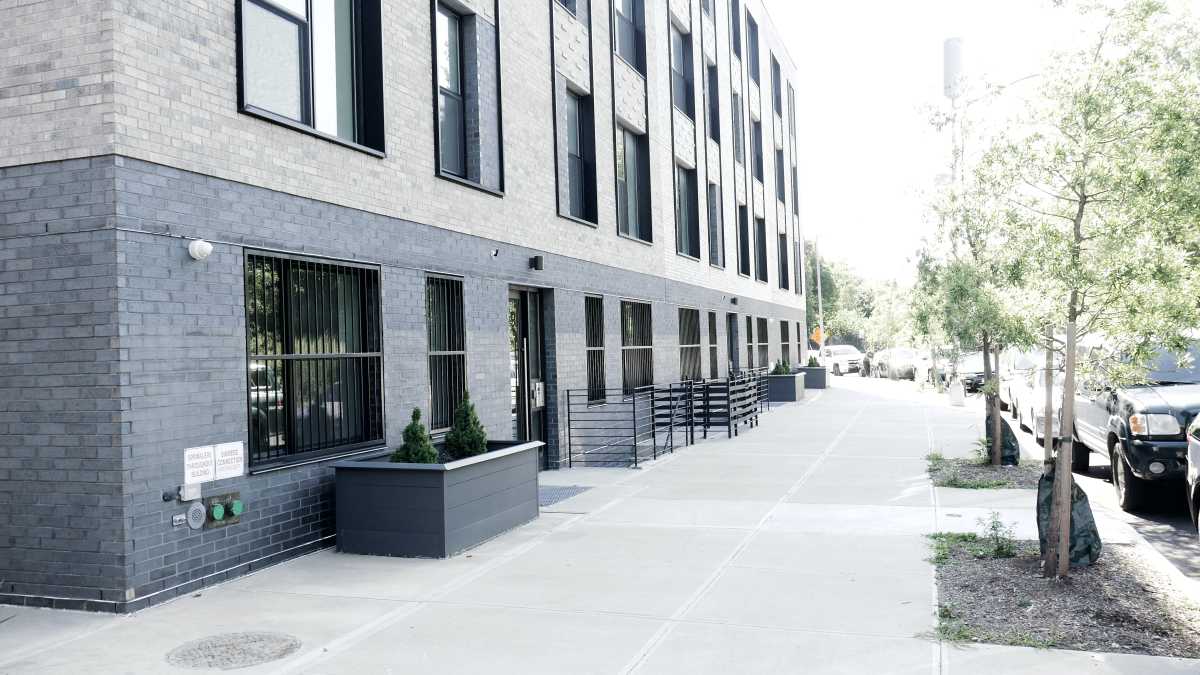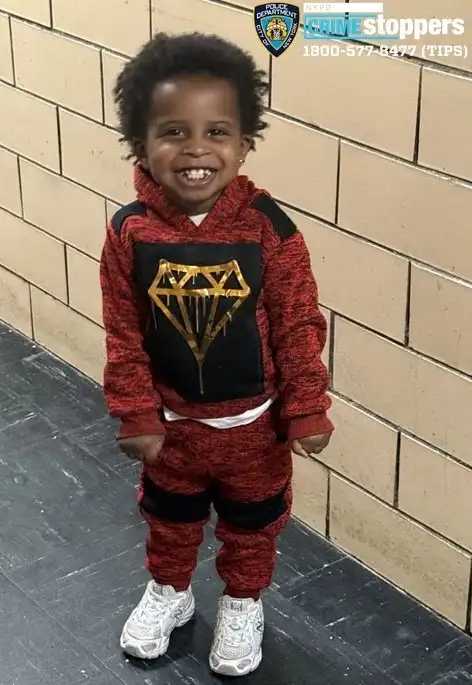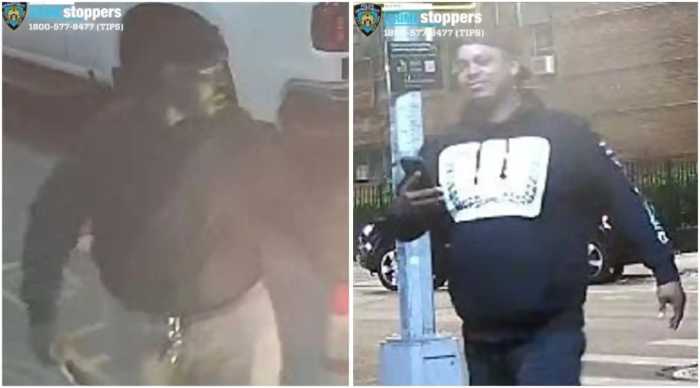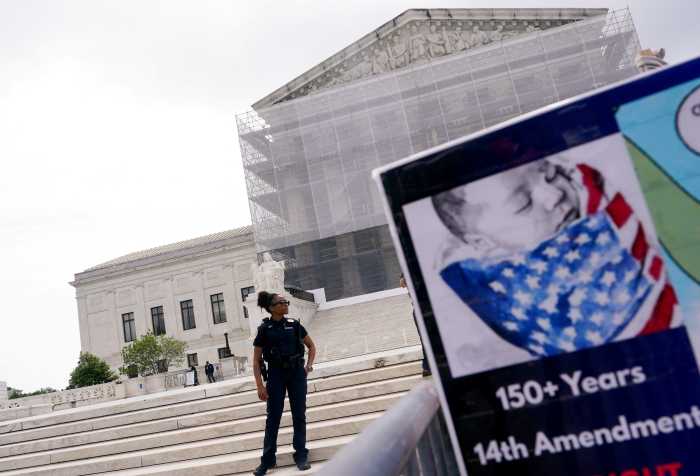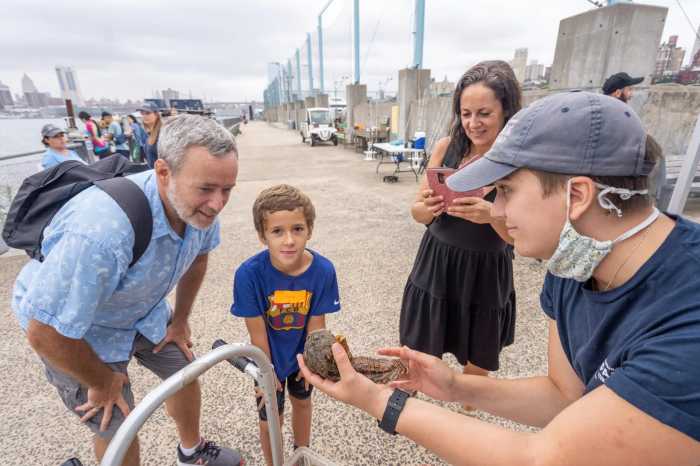Count volunteer first responders among the latest New Yorkers to be shut out of the NYPD radio system due to encryption efforts across the city.
Union leaders and volunteer associations say losing police radio access slows response times and puts responders in danger if they are responding to a violent or dangerous incident and are unable to gain preliminary details about it that police would otherwise provide.
It’s the latest step in the NYPD’s methodical radio encryption effort, which began in the summer of 2023 with radios in northern Brooklyn precincts going dark to the public. Other commands in Brooklyn, the Bronx and Staten Island have followed suit — but in recent months, paramedics and volunteer fire and ambulance corps serving the Big Apple have also lost police radio access.
That development, advocates for EMS and volunteer first responders say, clashes with a post-9/11 federal mandate that all first responders communicate with each other; an investigation into the World Trade Center terrorist attacks on Sept. 11, 2001 revealed that police, fire and EMS members could not communicate with one another or relay critical information, something which undoubtedly contributed to the high loss of life.
The post-9/11 mandate was made all the more important in 2012 after Hurricane Sandy ravaged the metropolitan area; rising ocean waters endangered many police officers and first responders or became stranded in their inundated vehicles in waterfront areas.
The NYPD issued a memorandum of understanding to the FDNY, allowing them to give encrypted radios to EMS crews and those of private hospital ambulances. It was not revealed when this was issued or when the communications agreement would be satisfied. A FOIL has been filed to obtain the memorandum. It is also unclear whether volunteer companies would be included. A separate memorandum will be needed for private ambulance companies, FDNY officials say.
In the meantime, all emergency medical services are in the dark from police communications.
NYPD ‘needs to come up with a solution’

Union leaders representing more than 4,000 EMS workers in New York City blasted the city last week for failing to provide communications with police since NYPD encryption started in July 2023. Currently, all of Brooklyn, Staten Island and the Bronx are encrypted, meaning only those with special codes and radios can listen to those precincts. Citywide frequencies are currently still open, though radio experts say special operations frequency and highway, two of the most important radio frequencies, may be gone by the end of the month.
“In any emergency, police officers need to have seamless communication with all of the personnel on the scene, including Fire and EMS,” said Police Beneveolent Association President Patrick Henry. “The NYPD needs to come up with a solution that gives our fellow first responders the access that they need to these radio frequencies.”
James Long, deputy commissioner of public information at the FDNY, said, “This concern was brought to the [Commissioner Robert Tucker’s] attention soon after being sworn in, and he took swift action to obtain the necessary funds to retrofit FDNY radios and ensure compatibility moving forward. The safety of our members, and all New Yorkers, will always be our number one priority.”
FDNY official says the upgrades on radios/technology are being worked on and finalized. This will affect more than 3,000 radios, and there is no time frame regarding how long it will take to complete.
“We want to get it done correctly and not be rushed,” the statement said.
The NYPD has not responded to emails regarding the issue sent on Friday, Sunday and Monday requesting comment on when the memorandum was given to FDNY or whether it provided communications for volunteer ambulance corps.
An NYPD spokesman said, “Sorry, we get thousands of emails.”
‘Everyone responds blind’
Hundreds of volunteer ambulance crews in New York City that respond to a myriad of vehicle crashes, pedestrian injuries and injured police officers. It was the Bedford Stuyvesant Volunteer Ambulance (BSVA), for instance, that was first on the scene in when Police Officers Wenjian Liu and Rafael Ramos were shot in their patrol car by a lone gunman on Dec. 20, 2014.
Josiah Williams, an EMT with both EMS and BSVA, said it is critical for first responders to communicate with police and know what they are responding to. BSVA has always worked closely with the NYPD Brooklyn North command, but communications have been gone since the area’s police radios were encrypted in July 2023.
“We need exact locations of where people are shot or stabbed, and we need to know if it is safe to respond,” Williams said. “A couple of weeks ago, a Crown Heights kid was stabbed in a park, and it came to us as at a baseball field, but then we had to start looking for cops screaming. It turned out they were on a basketball court. With a critical patient, time is everything.”
Williams said the safety of EMS and volunteers is compromised without knowing what is happening.
“Not too long ago, a crew was in danger in Flatbush. I was sitting three miles away, and we started going, but the ambulance crew was not asking for more ambulances, but instead needed more cops, and the dispatcher was sure of the process. When the cops got there they called a 1085 (police need assistance) and help was there in two minutes. There was a big delay when EMS put it over the radio instead of us just telling them on the radio – this is bad for everyone.”
The popular Bay Ridge Volunteer Ambulance Corps (BRAVO) in Brooklyn has always worked closely with the 68th, 62nd, and 72nd Precincts in Bensonhurst, Bay Ridge, and parts of Sunset Park. However, they now find themselves in communication purgatory.
Tony Napoli, president BRAVO, said a memorandum of understanding with the NYPD and volunteer services is “stalled” despite Brooklyn South precincts having been encrypted for more than a year. As a result of the delay, “the entire ambulance fleet is dead in the water.”
“We have no knowledge of what is going on in the community other than hearing sirens, nothing to go on, and it’s not just us. NYU and the hospitals, FDNY EMS — everyone responds blind,” Napoli said. “If we get a call for an incident, but they don’t tell us that there is a knife fight or a shooting – we roll into a motor vehicle accident, and there is an altercation – we get no advance knowledge. It can be a violent, emotionally disturbed person.”
He stressed that not having radio communications with police delays response that can save lives.
“If EMS and volunteers were on radio and an officer needs assistance, this would save valuable minutes and seconds,” Napoli said. “I do not disagree with encryption – I know they are trying to get rid of those who shouldn’t have it, but I can’t believe they rolled this out without including those who need it.”

Rich Bogart, vice president of Volunteer Firemen’s Association of NYC said EMS and volunteers had communications, but “this flies in the face of interoperability after Hurricanes Katrina, Sandy and the World Trade Center attack.”
“Over the years, we had access to radios, so we thought we should’ve been included in the conversation,” Bogart said. “When cops were calling for an ambulance, we could respond quicker and save vital minutes. Sometimes, there is an unknown condition, so while going in, we would be listening to the patrol car on the scene and know if there is a violent assault. We’d hang out a few minutes – it kept us on the safer side. I just can’t see justification for this causing further delays and causing a risk for nothing.”
Joe Raneri, deputy chief of the Edgewater Volunteer Fire Department in the Bronx, said they are working with city agencies to find “a level of access.”
He said that while they are seeking to maintain interoperability with the NYPD and FDNY, he also understands the NYPD’s need to maintain security.
“It’s a balance. The more accessible, the less secure it becomes,” he said. “There has to be a determination of the risk of providing access versus the risks you create by removing access. We are trying to work with them to find that balance.”
Other ambulance services, including the largest in the city, Hatzalah, have also lost communications in Brooklyn. They’ve remained silent, as most of their calls come from residents who guard their privacy. They also have a policy of not discussing ambulance policy with the press. On 9/11, numerous Hatzalah ambulances and vehicles were lost after the collapse of the Twin Towers.
Members of the media have also been complaining about the loss of access to police communications. An amalgam of press organizations is working in support of legislation in the state legislature that would provide access to the press.





